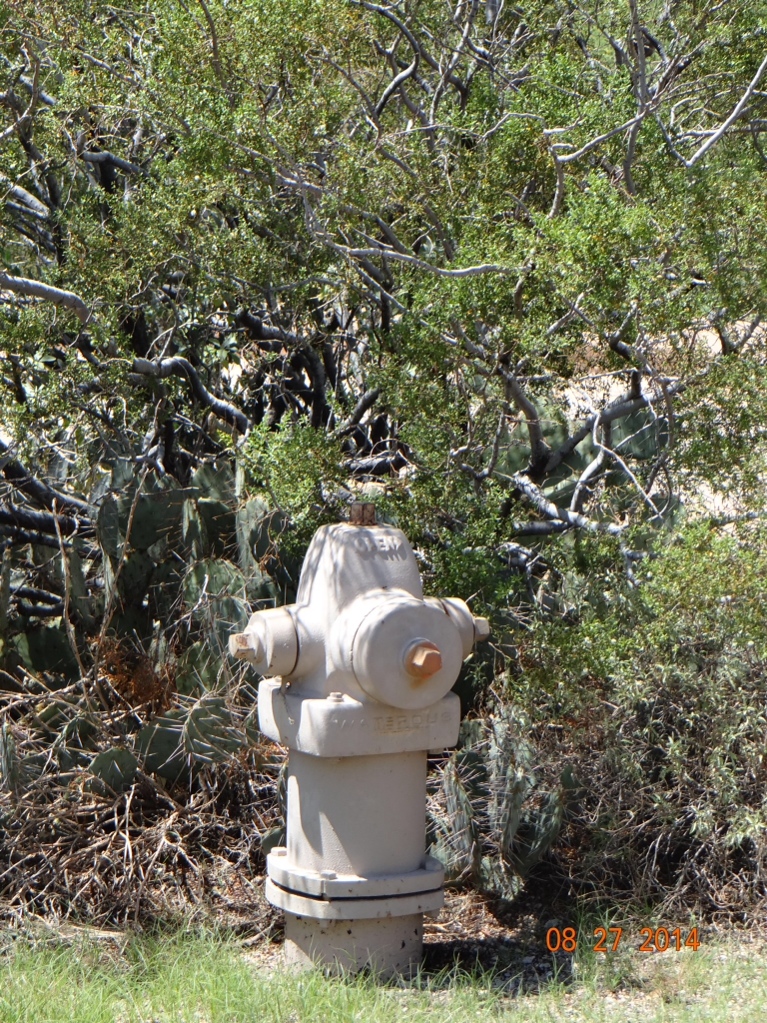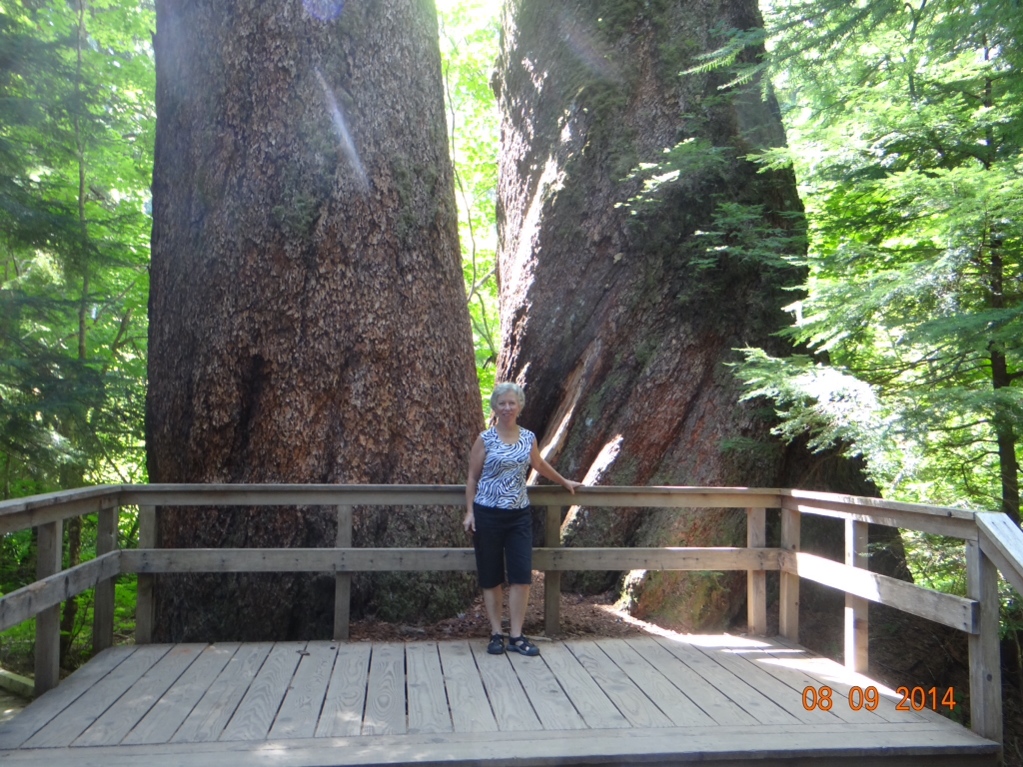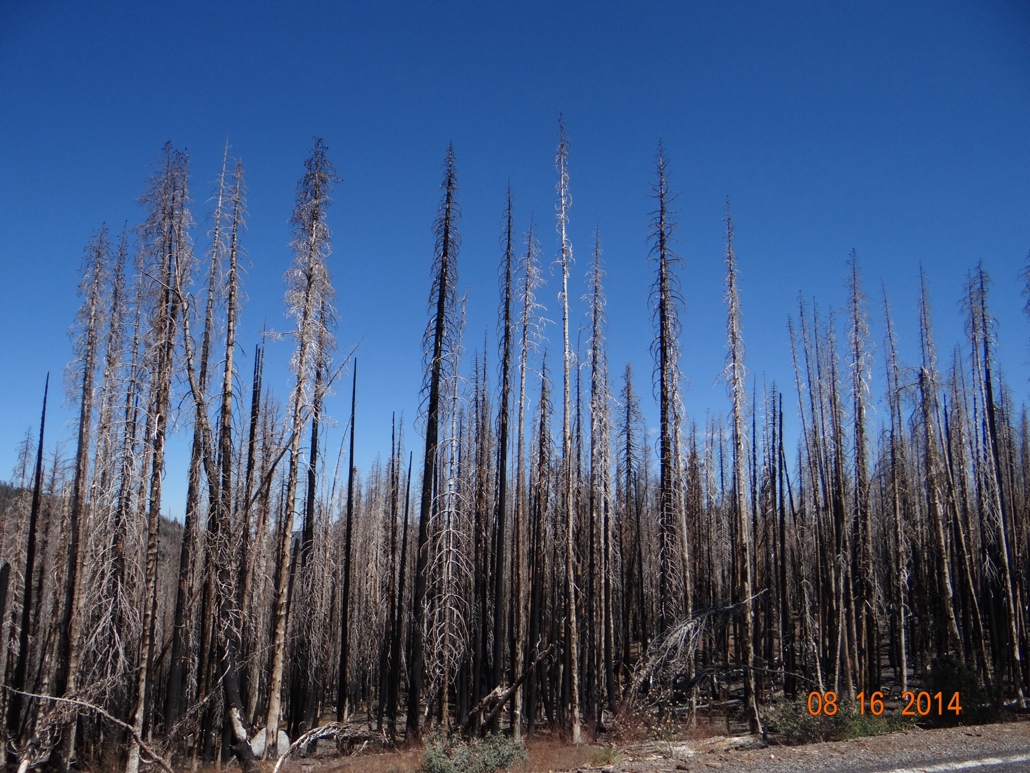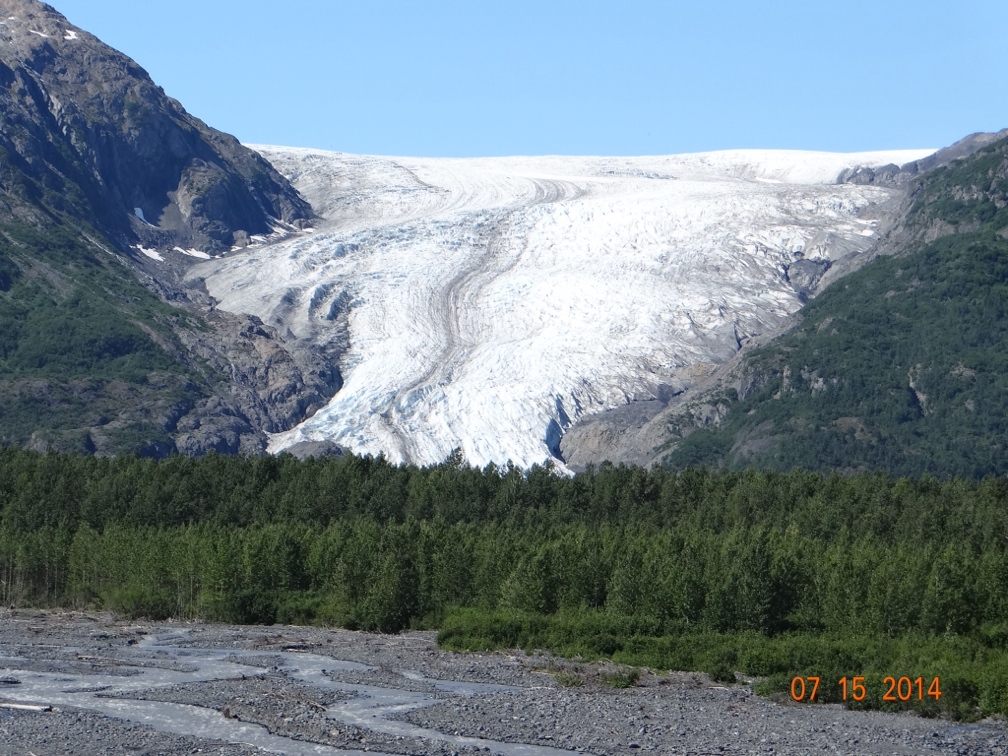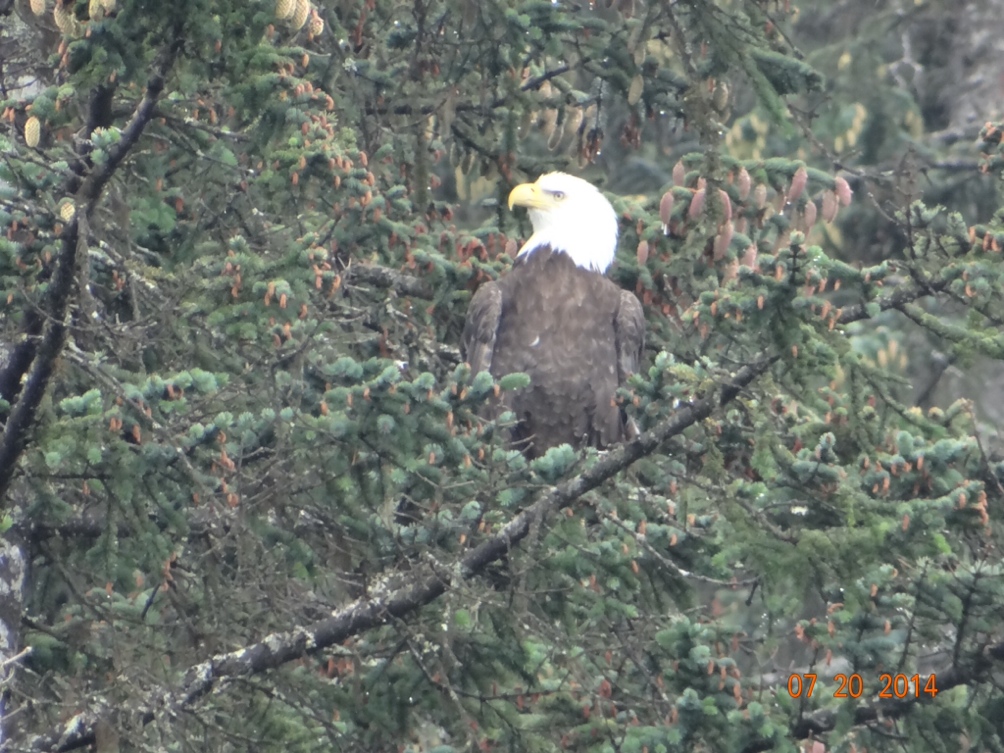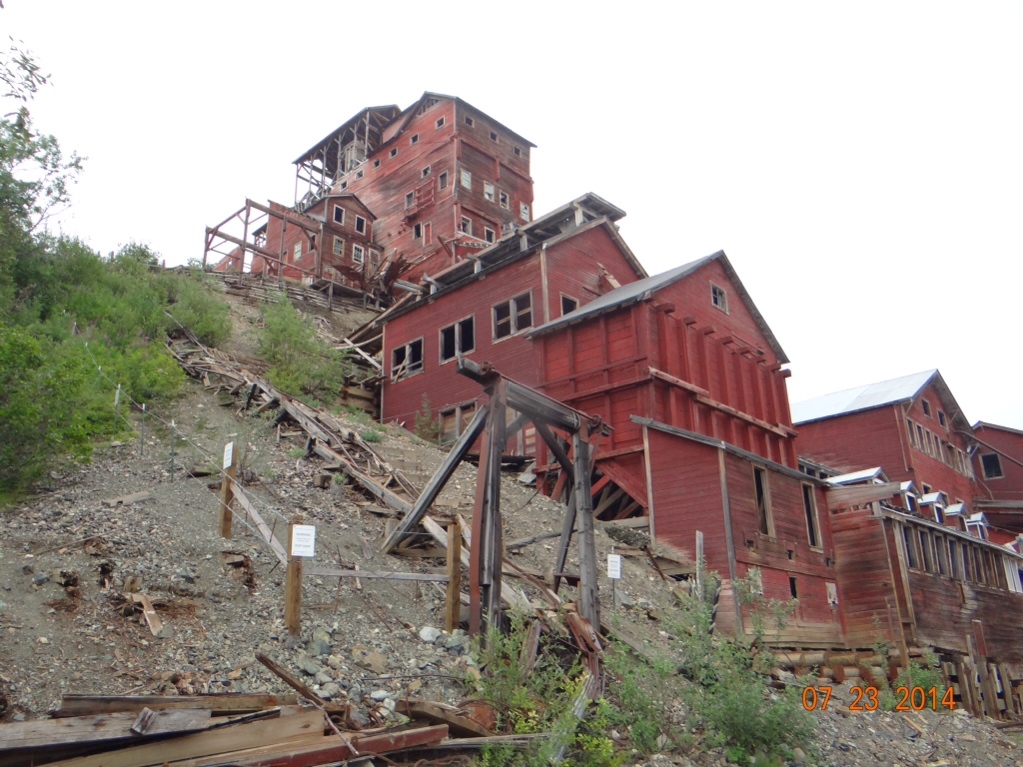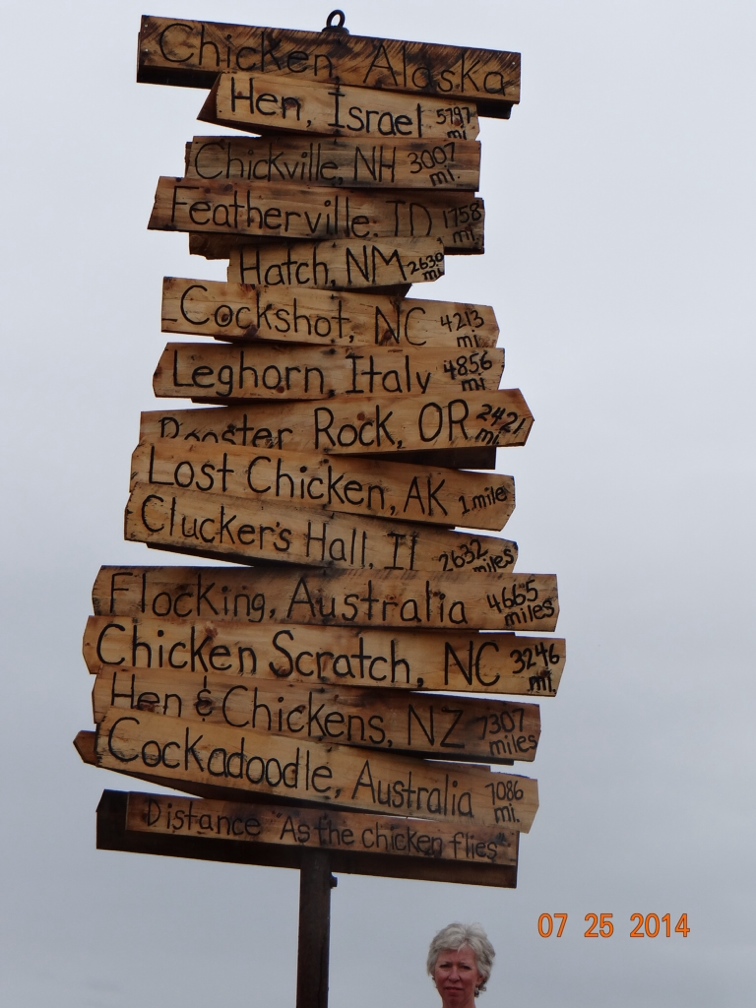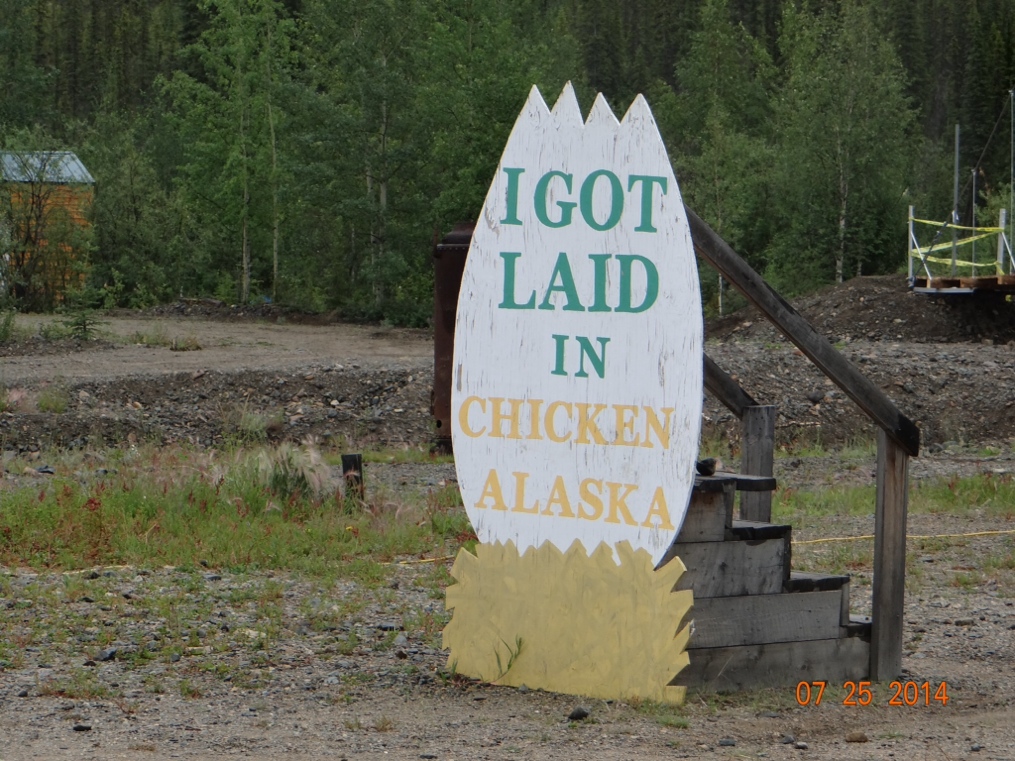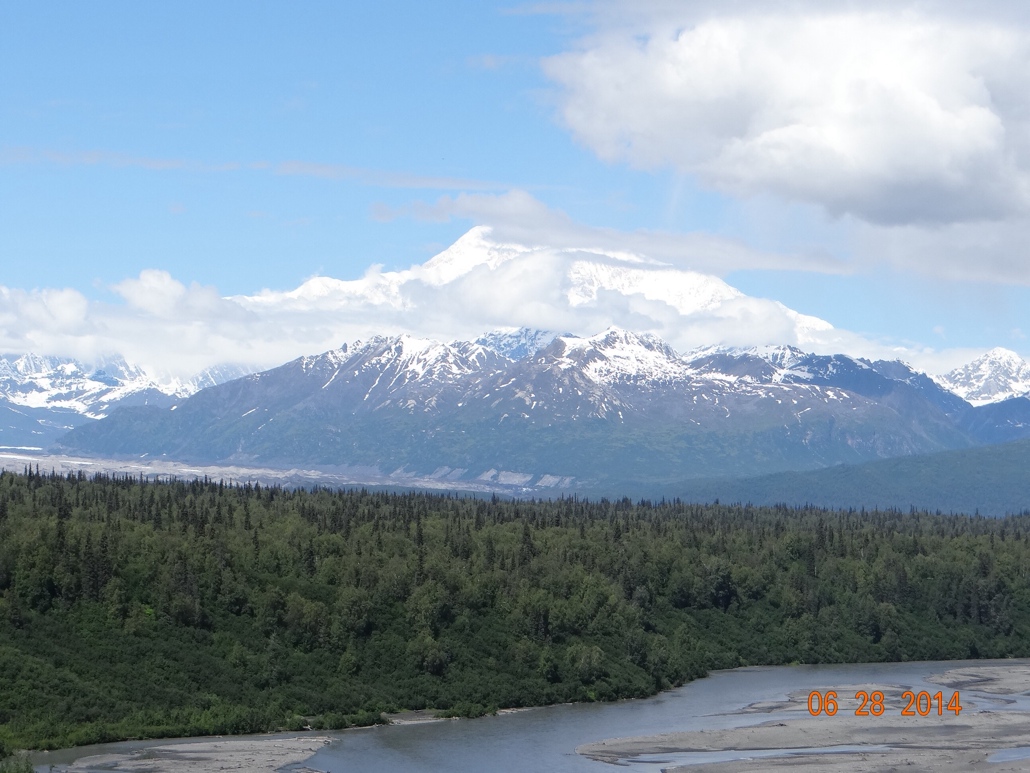I am writing this from Bellingham, Washington. The trip here from Tok, Alaska was long, but pretty much uneventful. Actually, unless you have driven to Alaska, I don’t see how you could really have any idea of how very very far away from the rest of the USA that Alaska is. We left Tok on Sunday and arrived in the state of Washington on Friday. Friday was a somewhat shorter driving day than the others in which we spent eight to ten hours on the road each day.
We stopped in Clinton, British Columbia for our last night in Canada. I hesitated to spend a night in a town called Clinton, but decided it probably was in no way related to Billary (or even the little Clinton) so we went for it. And in the small world category it turned out that the guy running the campground grew up in Mouth of Seneca, West Virginia which is right down the road from where I grew up in Elkins, West Virginia.
In that five days of driving the only cities of any size that we encountered were Whitehorse in the Yukon Territory, and Prince George, British Columbia. Prince George is actually named after my friend George Griffith because he is such a prince of a guy. And the most interesting landmark that we came across was Jackass Mountain Summit, which is also named in honor of my friend George Griffith because…………………………..

As I wrote the previous posts to this blog from Alaska I had many observations and random thoughts on the Alaska portion of the journey that I was unable to work in anywhere. So, the following will be a kind of synopsis of those.
People have asked Joan and me how we stand spending so much time together in the relatively small area of the motorhome. I drive and she reads/studies. And we have lively discussions at times. It used to be that when we were going to take a long car trip we would contact AAA to map a suggested route for us and prepare a “Triptik”, which is a summary of interesting features to be encountered along the way. As I was driving Joan would read to me some interesting tidbit of information about whatever it may be that we were seeing along the road at that point in the trip. For this Alaska trip we did not use AAA, but we did purchase The Milepost. That is a book about an inch and a half thick that describes in great detail every possible thing that you will see at each mile along the road to Alaska. It makes no difference which road you might take. The Milepost has them all covered. It is like the mother of all Triptiks! And I think Joan has read it from cover to cover. She is a wealth of information.
At some point along the way Joan explained to me why the Alaska Highway was constructed. It was built in the early 1940’s during WWII because we were worried about the Japanese invading Alaska. She added that we were concerned because Alaska is so close to Japan. Prior to her saying that I had never thought of Alaska and Japan as being close to each other. But somewhere in Alaska I saw one of those signposts with distances to various places and it indicated that Tokyo was 3,500 miles away and Miami was 5,500 miles away.
I noted in a previous post how the long summer days in Alaska are conducive to growing fruits and vegetables. The long days evidently are ideal for wildflowers as well. The state is covered with them. Especially two varieties, Fireweed and Cowslips. They are everywhere. Cowslips remind me of a flower that we had back east in PA and WV known as Queen Anne’s Lace except Cowslips are bigger. Fireweed is a purple cylindrical shaped flower that seems to be the very first thing to grow back after a forest fire. And we went through many vast areas that had burned.

I mentioned our lively discussions. Joan has this exceptional way of saying certain words. Or maybe its me that has the exceptional pronunciation. Where I would say FIREweed she would say fireWEED. Or we can kill some time by discussing if its “cow’s lips” or if “cow slips” is correct. I guess this is the kind of thing you talk about after traveling around together for 45 years and you get tired of listening to Willie’s Road House on Sirius Radio.
Fairbanks was as far north as we went in Alaska, so I tend to think of that as being in the northern part of the state. We chose to stop our northward trek there because that’s essentially as far as the paved road goes. But in reality Fairbanks is not really that far north in Alaska. I think the road actually goes another 800-900 miles north from there. But Fairbanks is still up there. It sits at about the 65th parallel or 65 degrees north. For perspective Seattle is only at about 48 degrees north, which means that Fairbanks is over 1,200 miles farther north than Seattle. Where I live in Ponce Inlet, Florida is only at 29 degrees north. So Fairbanks is 2,500 miles farther north. No wonder it was only 37 degrees Fahrenheit and raining when we got there in late June.
So where the paved road ends going north out of Fairbanks has to be the northernmost paved road in the USA. When we drove down to Homer, Alaska on the Kenai Peninsula Joan’s research told us that just outside of Homer we were driving on the westernmost continuous highway in North America. There are roads that are more western out in Nome and the island portions of Alaska, but you cannot drive to them and must be ferried there so they are not continuous.
I’ve seen Cottonwood trees before in the southwest and midwest. But I never knew why they were called Cottonwood. Just never had thought about it. But when we drove into Fairbanks it was cold and wet enough that I actually considered that it might snow. And as we approaached our campground I was convinced that it was indeed snowing. The white stuff was everywhere in the air. But I soon learned that the female Cottonwood trees were going to seed and it did look just like a snow storm. I guess the male trees don’t make any messes. Unlike in our house (or so I’m frequently told!).

When we first started talking back in Florida about a trip to Alaska, Joan was hopeful that we would see the Northern Lights. We lived in southern Ontario for two years and have been back in Ontario several times on camping trips. And even though it is possible to see them where we were, neither of us have ever had the pleasure. But we soon learned that in Alaska we were going to be there at the wrong time because of the long days. So while in Anchorage Joan drug me to a movie about the northern lights. And that was after having a 10% alcohol beer and a heavy fish and chips lunch at Humpy’s across the street from the theater. It was a forty minute movie that was just pictures of the lights with soft music playing. After five minutes I had had enough of that, and I was not the only one in the theatre who had to fight to stay awake. Heads were bobbing everywhere around me.
Oftentimes when we travel to a new area that we like, we think of buying property there. Maybe not for full time living, but as a second or seasonal home. In Kennecott I got caught up in this thinking and could not resist buying a house. It’s a bit of a fixer upper, but I used my expertly honed negotiating skills to get a fantastic price and talked them in to throwing in a really nice pick up truck.


I think I have previously described how bad the 60 mile long dirt road to Kennecott was. I’m not very good about washing cars. I had a Toyota Tundra pickup that I bought in 2002 when we were renovating our West Virginia farmhouse. It was never washed, not even once, until 2008 when I decided to trade it. I stopped just before the car dealership and washed off the six years of dirt. That worked okay in WV, but even I had to break down and wash our gray car after driving it to Kennecott and back. Amazing how dirty a car can get on 130 miles of dirt road.

The area where I am sitting now in Washington is noted for its coffee. After all, this is where Starbucks came from and there is also something called Seattle’s Best. But nowhere that we have been have we seen coffee shops like we saw in Alaska. Starbucks is probably up there in the cities, but I didn’t see any. What I did see plenty of are little Espresso and Latte shops. We drove past dozens of them every day that we moved. Most were tiny tiny operations that looked like someone had taken a four foot by eight foot storage shed, set it up in a gravel parking lot or just beside the road, hand painted a sign and started selling coffee out of the shed. I guess its a cheap operation to start up, so no barrier to entry into the business. And if the business fails you have a good shed for the snow blower come winter. Assuming that they are year-round operations my theory is that the Alaskans need to drink that stuff to stay warm and awake during that long, cold and dark winter.
In addition to an inordinate number of espresso shops Alaska also has lots of Russian Orthodox churches, most with a cemetary all around it. And some of the cemetaries of native Athabascans influenced by the Russians frequently have what they call “spirit houses” covering the actual gravesite. These were built by family members to house the spirit of the deceased rather than have them reside in the heavens. The Russian influence from years past too probably explains the huge number of those little Russian dolls that fit inside each other that are found in so many gift shops throughout the state.
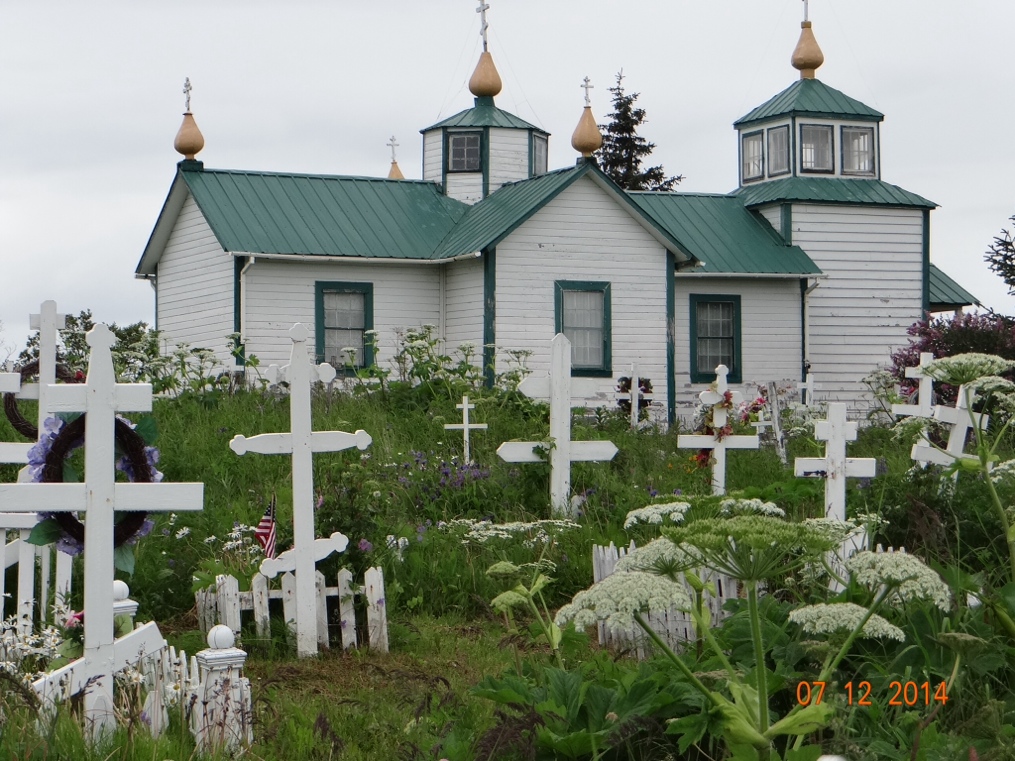

With so many snow covered mountains waterfalls are in abundance in Alaska. At first we were snapping pictures of every little stream we saw falling down a mountain. But later we became more discriminating. Two of my favorites were just outside of Valdez—Bridal Veil Falls, and Horse Tail Falls. As usual the photos do not do them justice.


The most unique site we came across was also just outside of Valdez. The end of a glacier hanging on the mountain actually had a river running through it to form an ice cave.

I guess maybe I’m strange, but I do enjoy looking at old cemetaries. Just a short walk out of downtown Skagway is an interesting cemetary housing mostly the graves of those who died in the late 1890’s trying to get up the pass through the mountains to stake a claim in the Klondike Gold Rush. That is where I saw the grave of Lilly White. I have no idea who old Lilly was, but I liked the name. And the grave reminded me of one I saw somewhere in western Kansas (I think) several years ago. The epitaph there was “Here Lies Les Moore. Shot Six Times With a 44. No Less, No More.”

My biggest regret on the trip was that I did not go out on a fishing charter for halibut. I waited until our last city, Valdez, to look into it, and I could not find one shorter than 12 hours. I can’t do anything for 12 hours these days. But I almost went anyway because I was afraid if I didn’t go Joan would drag me into another museum. Every little town has one, and Valdez actually had two. They’re mostly all the same, and like with the black bears along the road, after 50 or so I’d seen enough arrowheads, Indian headdresses and casts of grizzly bear footprints to do me. But Joan let me off the hook, and went to both museums by herself.
And finally, in the category of really cool names—we saw a gift shop in Homer, Alaska that was called Homer Sapiens. We didn’t go in, so we don’t know what they were selling, but with a name like that it had to be good stuff.

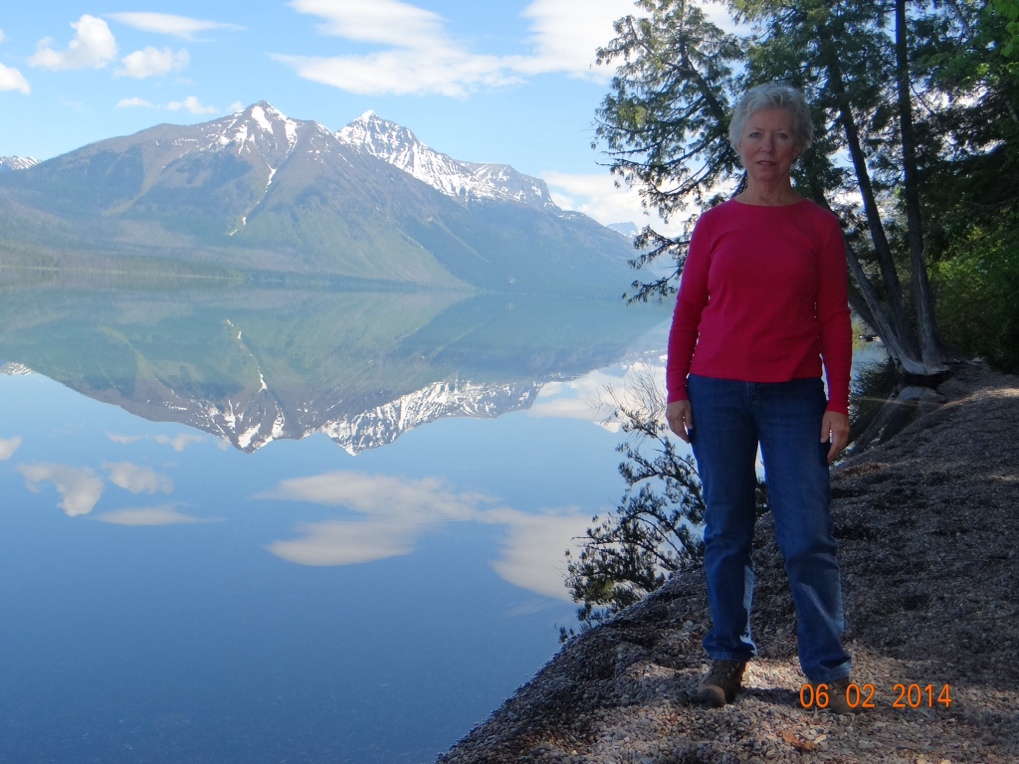
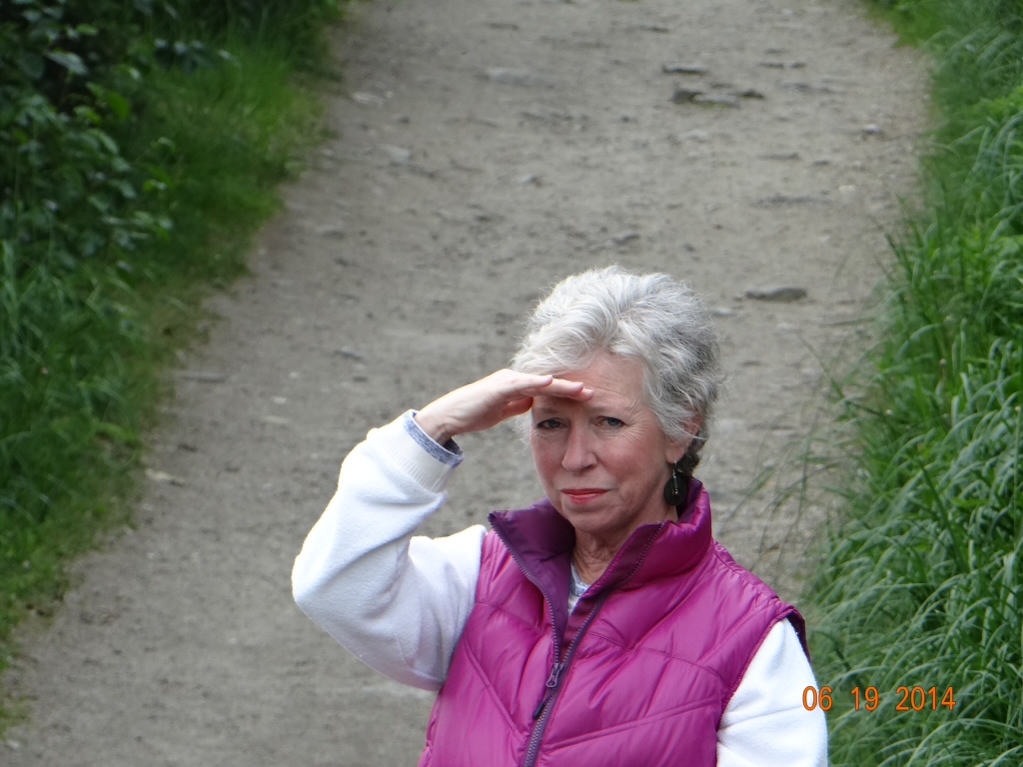


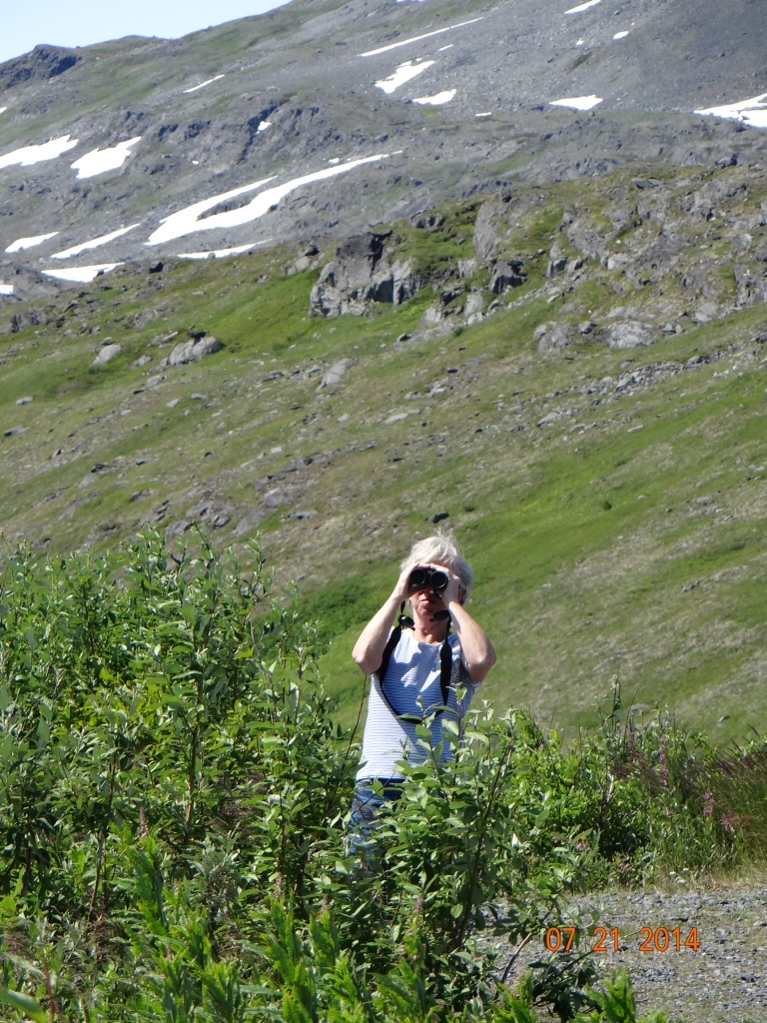





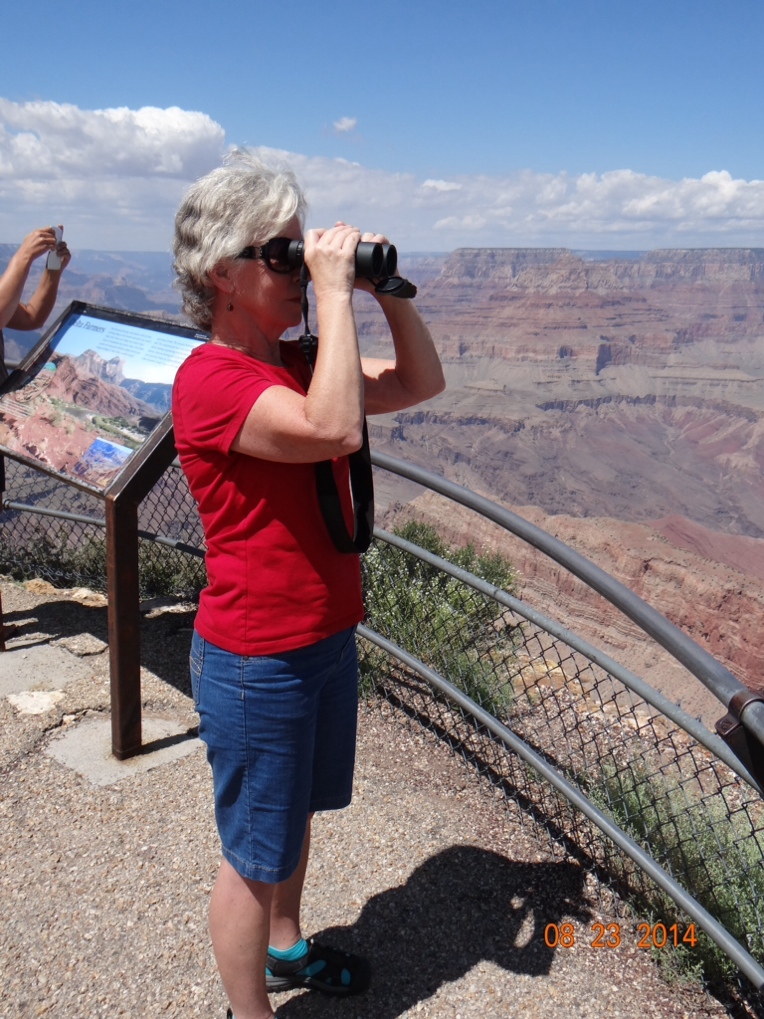
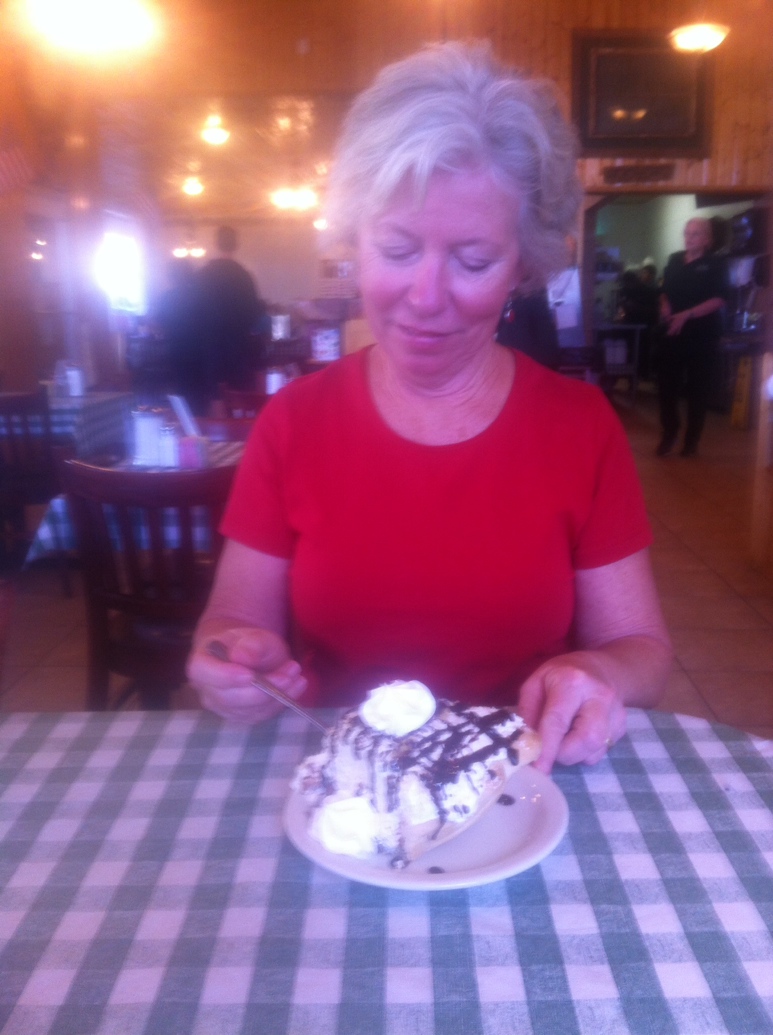




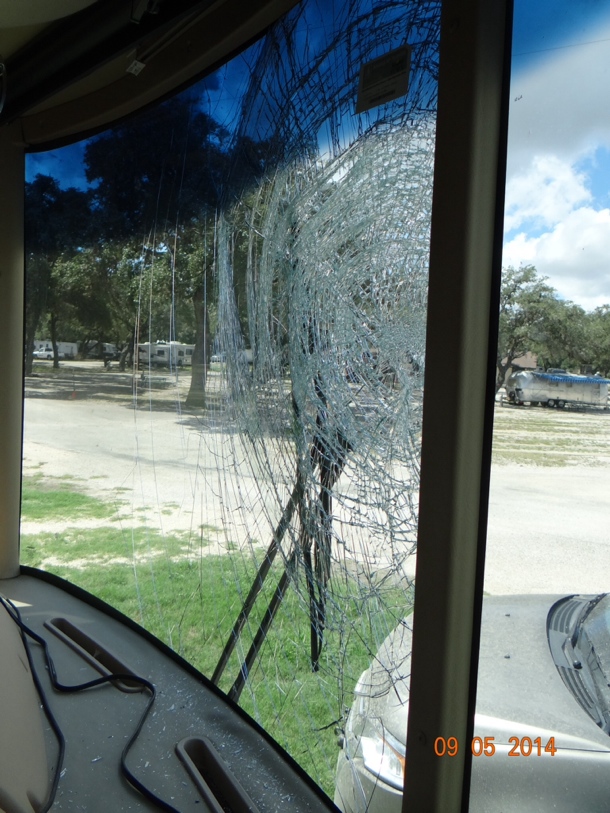
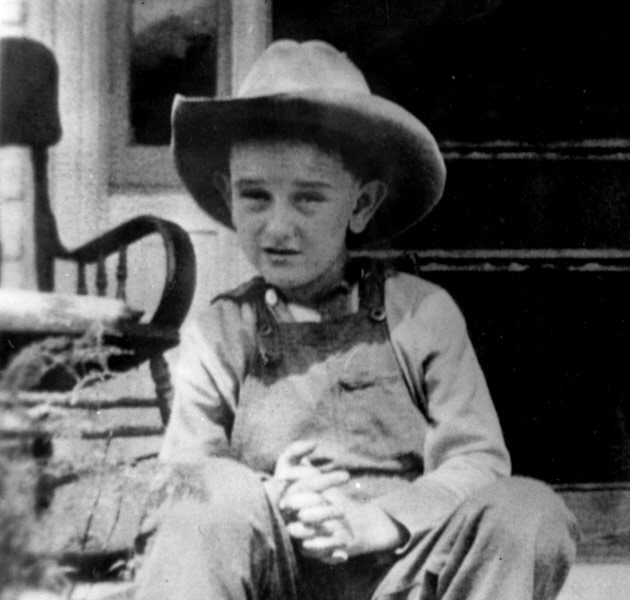


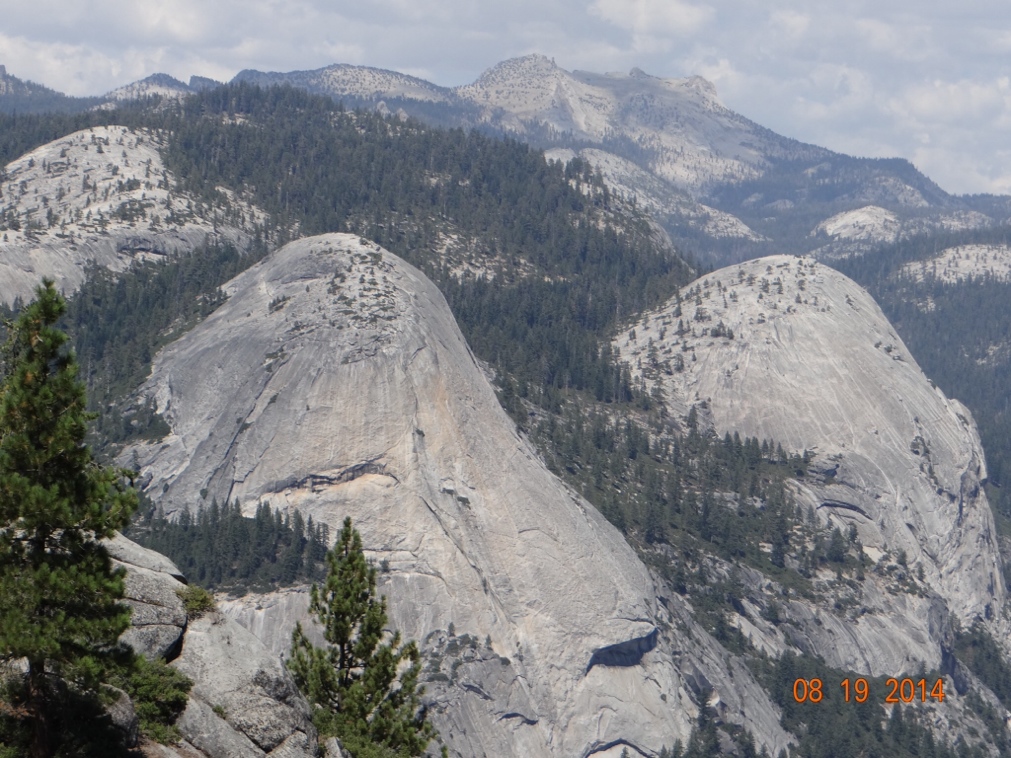




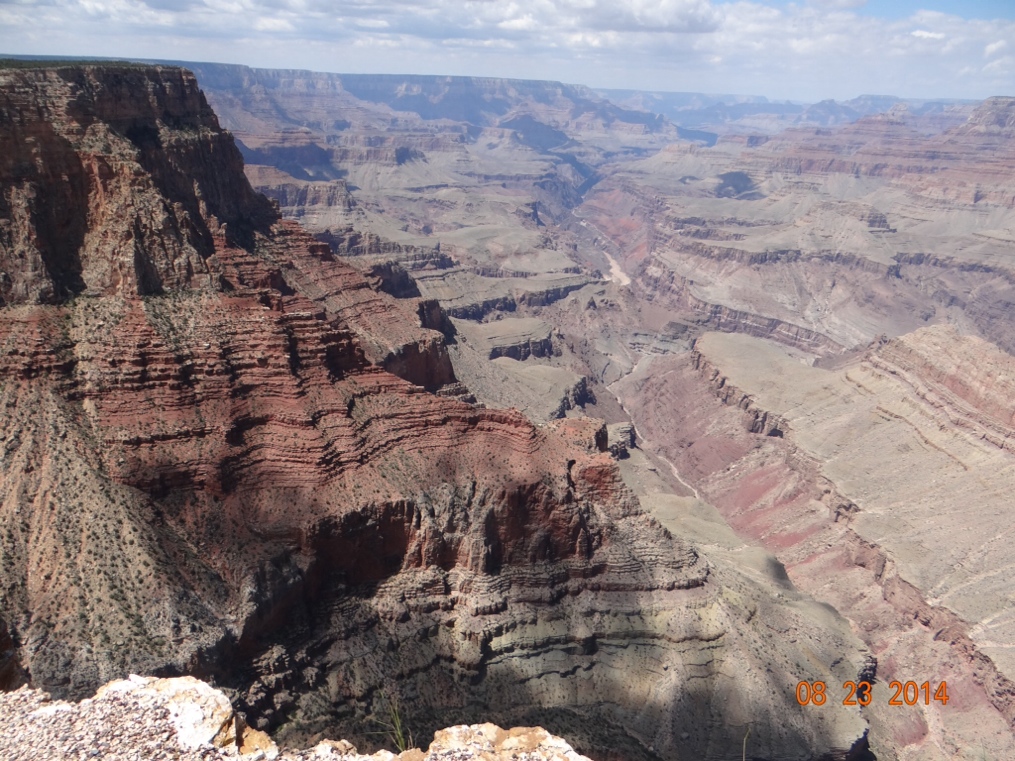

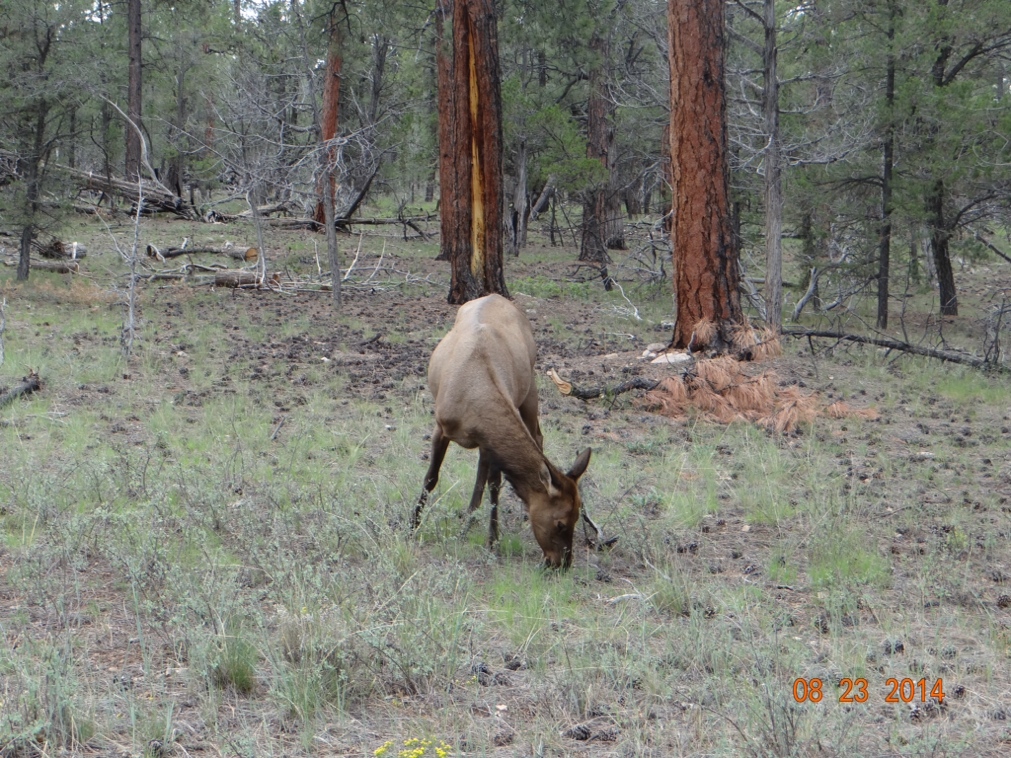

 From Camp Verde we moved on to Tucson, Arizona which is where I am writing this from. Tucson is one of my favorite little cities. I mentioned earlier how much I like the desert and Tucson lies right in the Sonoran Desert. We are spending eight nights in Tucson and getting a few minor repairs done on little problems that have cropped up after living in the motorhome for four months. Just outside of the city we have visited the eastern and western sections of Saguaro National Park. It’s not the best time of year to catch the cactus in bloom, but the variety of cacti all in one place make it interesting and there are a few that are presently in bloom such as the Barrel Cactus.
From Camp Verde we moved on to Tucson, Arizona which is where I am writing this from. Tucson is one of my favorite little cities. I mentioned earlier how much I like the desert and Tucson lies right in the Sonoran Desert. We are spending eight nights in Tucson and getting a few minor repairs done on little problems that have cropped up after living in the motorhome for four months. Just outside of the city we have visited the eastern and western sections of Saguaro National Park. It’s not the best time of year to catch the cactus in bloom, but the variety of cacti all in one place make it interesting and there are a few that are presently in bloom such as the Barrel Cactus.
